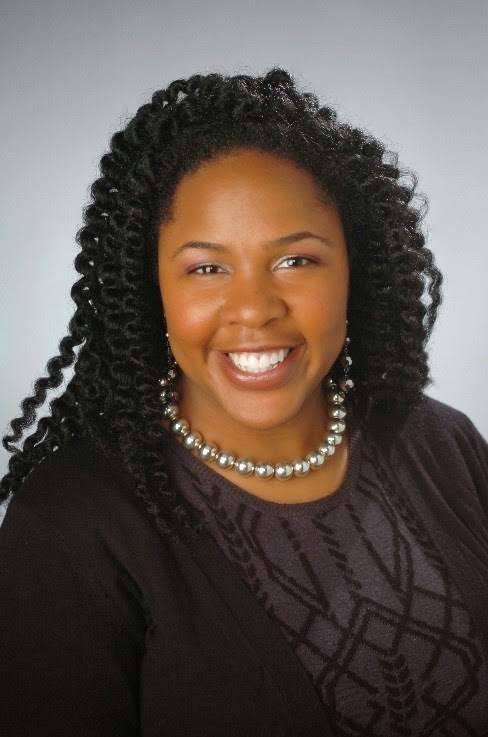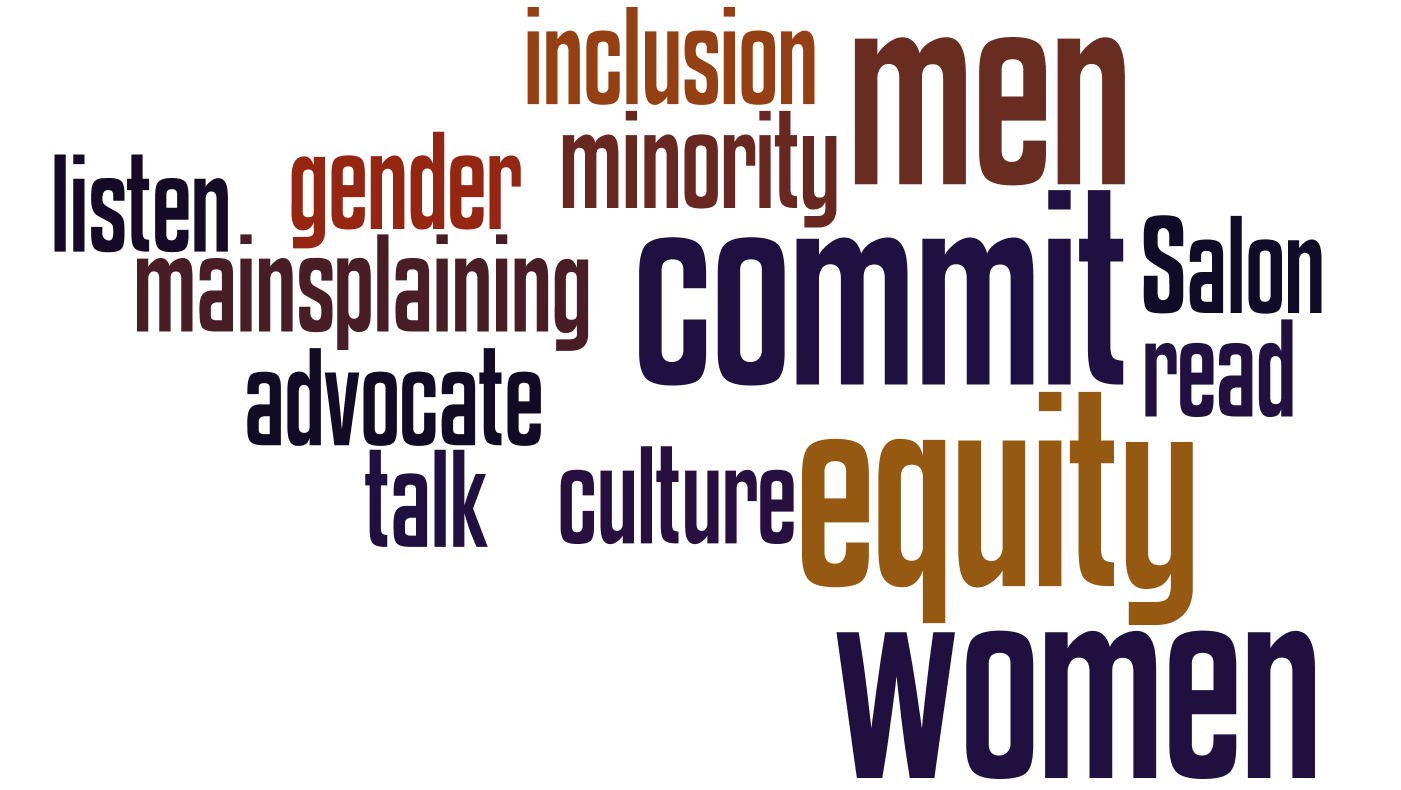 |
| Dr. Jedidah Isler @JedidahIslerPhD |
The AAS Committee on the Status of Women in Astronomy maintains this blog to disseminate information relevant to astronomers who identify as women and share the perspectives of astronomers from varied backgrounds. If you have an idea for a blog post or topic, please submit a short pitch (less than 300 words). The views expressed on this site are not necessarily the views of the CSWA, the AAS, its Board of Trustees, or its membership.
Wednesday, November 26, 2014
On Planck’s Law, Blackbodies and the Physics of Diversity
Monday, November 24, 2014
Spatial Skills, STEM, and the Gender Gap*
—Sheryl Sorby
Friday, November 21, 2014
AASWOMEN Newsletter for November 21, 2014
Issue of November 21, 2014
eds: Daryl Haggard, Nicolle Zellner, Meredith Hughes, & Elysse Voyer
This week's issues:
1. It's Not About That Damn Shirt
2. Why I Think Diversity is Good, but the Wrong Target
4. Full STEAM Ahead! The Adler Planetarium's 2nd Annual Girls Do Hack Day
5. How U. of San Diego Added 8 Female STEM Professors
6. Emmy Noether Visiting Fellowships
7. Barbie Book about Programming Tells Girls They Need Boys to Code for Them
10. How to Submit to the AASWOMEN newsletter
11. How to Subscribe or Unsubscribe to the AASWOMEN newsletter
Thursday, November 20, 2014
It's Not About That Damn Shirt
Wednesday, November 19, 2014
Why I think diversity is good, but the wrong target
Tuesday, November 18, 2014
How to Apologize
Monday, November 17, 2014
Full STEAM Ahead! The Adler Planetarium’s 2nd Annual Girls do Hack Day
Choo choo! I am full STEAM ahead on the STEM + art/design train. This past Saturday, at our 2nd annual Girls do Hack Day at the Adler Planetarium, I saw first-hand how well it works to use the creativity and fun of art/design to hook girls into STEM.
Friday, November 14, 2014
AASWOMEN Newsletter for November 14, 2014
Astronomical Sexism: Rosetta #ShirtStorm and Everyday Sexism in STEM
The world has been abuzz with news that the Rosetta spacecraft landed on a comet 500 million kilometres from Earth, in an attempt to collect vital data about the origins of our solar system. The aim is to benefit humanity. Unfortunately, this event is also marred for women in STEM and our allies due to the pervasive power of sexism. Rosetta Project scientist Matt Taylor chose to wear a shirt with semi-nude women, effectively telling the world and our next generation of STEM workers that sexism is still very much part of our professional culture.
No no women are toooootally welcome in our community, just ask the dude in this shirt. https://t.co/r88QRzsqAm pic.twitter.com/XmhHKrNaq5
— Rose Eveleth (@roseveleth) November 12, 2014
By the way, this is not the first time he’s publicly worn this shirt. He tweeted that he received the shirt as a present in early October and none of his 2,700 followers on Twitter paid attention. Most worrying is that he is photographed in an office – which suggests he may have worn this shirt to work and none of his management nor colleagues pointed out the inappropriate attire.
This comes only a couple of weeks since The New York Times declared that sexism in academia is dead (as we noted, this claim was based on a highly flawed study). What this wardrobe choice says is that some male scientists in strategic positions for major science organisations do not see equality as a serious issue. Taylor works for the European Space Agency and he is prominently featured on a NASA website.
Wednesday, November 12, 2014
The Best Part of My Week
Tuesday, November 11, 2014
Sappho and the Origins of Ancient Greek Astronomy
Terracotta head from a statue
|
Monday, November 10, 2014
Queer Eye for the Straight Marriage
The Women in Astronomy blog is committed to representing diverse perspectives on women in astronomy. The below post is a response from the AAS Committee on the Status for Women in Astronomy (CSWA) reaching out to AAS Working Group for LGBTIQ Equality (WGLE) for guest contributions, specifically contributions from the LBGQTI perspective. If you are interested in contributing a guest post to this blog, please contact Jessica Kirkpatrick.
Friday, November 7, 2014
AASWOMEN Newsletter for November 07, 2014
Issue of November 07, 2014
eds: Daryl Haggard, Nicolle Zellner, Meredith Hughes, & Elysse Voyer
This week's issues:
1. No Women Physics Nobel Prizes in 50 Years
3. What Keeps Women Out of Elite Colleges? Their SAT Scores
4. I'm a female engineer, and I love science. Stop calling me a geek.
5. Women Count
7. UVA Astrophysicist Named a Women in Science Fellow
8. PC workplace boosts creativity in male-female teams
9. 2015 PhysTEC Conference Save the date!
11. How to Submit to the AASWOMEN newsletter
12. How to Subscribe or Unsubscribe to the AASWOMEN newsletter
Wednesday, November 5, 2014
Top Five Tips for Men
 |
| www.wordle.net |
Having been asked many times why and how I became an advocate for diversity, I would like to share a secret: people asked me to do it. Female graduate students and faculty told me this was important. But that was not enough; I doubt there are any men in science who have not heard someone say that diversity and inclusion are important. The real clincher for me was what they said next: "We think you can make a difference, we expect you to make a difference, and we will help you." I was being held accountable. If I wanted to succeed as a leader, I had to make this a priority.
To the men in the audience: you can make a difference, your colleagues want you to make a difference, and our new Salons (starting with CSWA) will help you.
With that background, here are my top 5 tips for men advocating real change:
- Avoid mansplaining, and speak up when you see others doing it. If this is the first time you're reading the word, see this or this. (I have another secret to share: I've mansplained, much to my embarrassment. Someone called me out on it. Thank you!)
- Listen to women, to minorities, and to others unlike you. Recognize that their experiences are as varied as the experiences of white men, so don't overgeneralize. And certainly don't conclude that gender equity has been achieved just because some people think Academic Science isn't Sexist. Others (including us at CSWA) disagree for good reasons.
- Read. Good starting points are Why So Slow? by Virginia Valian and Why So Few? by the American Association of University Women.
- Talk with other men and women committed to equity and inclusion. You'll find some of them at this blog. It's important that we realize that gender equity is not a women's issue, and racial equity is not a minority issue. It's an issue for those in leadership positions, who in most of our fields are overwhelmingly white male.
- Commit to making a difference. Join one of our Salons, for example the Association for Women in Science. Several years ago I timidly asked the AWIS Executive Director if I could join despite being a man. The AWIS President replied, "We are an association FOR women in science not OF women in science and we welcome all members who want to support our mission." I couldn't agree more, and have long since dropped my timidity. AWIS has helped me enormously to learn and grow as a leader.
Monday, November 3, 2014
No Women Physics Nobel Prizes in 50 Years
Before discussing reasons, let's look at the facts. The figure below shows the number of women and men receiving the Nobel prize in the various categories between 1901 and 2014. The ratio of men to women is amazingly small, ranging from 1% in physics to 17% in peace. In physics, this can be compared to about 20% women receiving undergraduate and graduate degrees.





